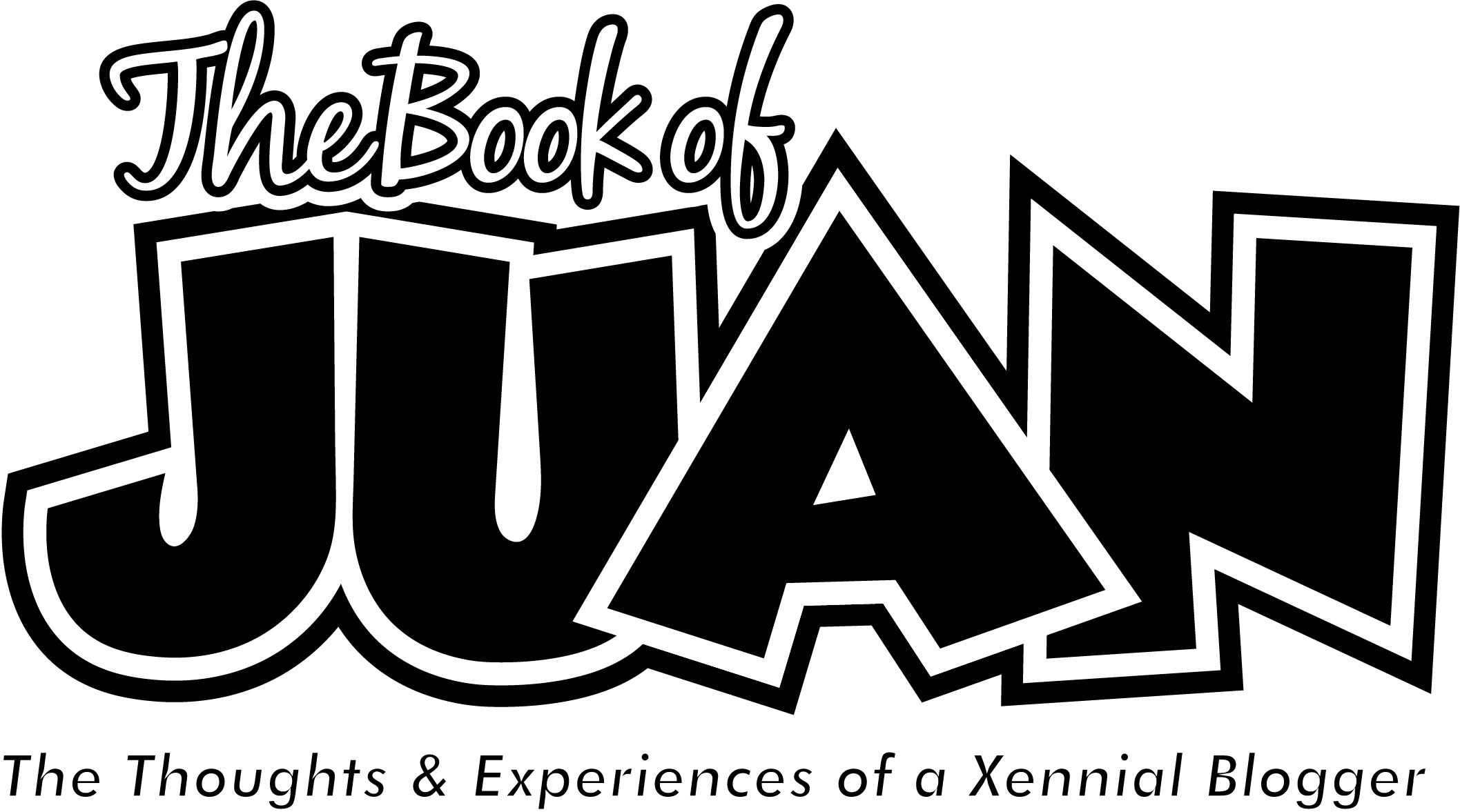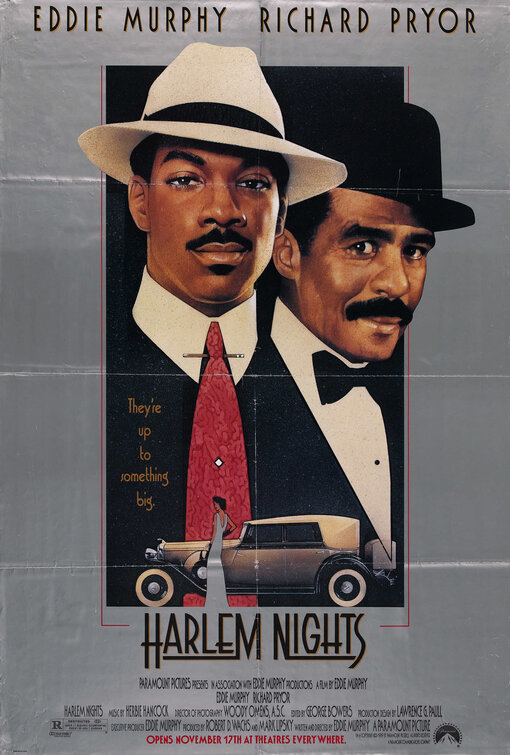This past Wednesday, I participated in the Black History Trivia Contest presented by the Department of State’s Bureau of Overseas Buildings Operations. I did extremely well against my colleagues from all across the world. I got 50 of 62 questions correct and I took the least amount of time in answering the questions, according to the Slido statistics. I was a bit embarrassed about missing the Lionel Richie question as I thought he was a member of The Temptations rather than The Commodores. But I did get the Eddie Murphy and Richard Pryor questions correct. Speaking of those two, I’m reminded of the first time I saw them together. That brings me to this week’s Black History subject in the Flashback Friday series: the Harlem Nights film.
How I first came across this Black History subject? I first came across Harlem Nights in the Summer of 1995. I remember my mother watching it and her yelling out “don’t shoot that little mofo no more” when the Arsenio Hall and Miguel Nunez, Jr. characters were shooting at Eddie Murphy’s Vernest “Quick” Brown.
What it meant to me then? At the time, I was a bit naïve about the film’s significance in the context of the Black American experience. I was intrigued by the old school cars, the men wearing fancy suits, and Charlie Murphy’s Jimmy character controlling the traffic lights from a newspaper stand. I found some humor in the fight scene between Quick and Della Reese’s Vera, which resulted in the latter getting her pinky toe shot. I’d also be remiss if I didn’t note that Jasmine Guy and Lela Rochon were absolutely beautiful as Dominique La Rue and Sunshine, respectively.
What it means to me now? I most recently watched the film a little over a year ago. As a 35-year-old man, I saw it a bit differently than the 10-year-old boy way back when. While the various sets, clothing and costumes, and vehicles were trademarks of the American speakeasy era, a lot of the dialogue was not. In all of my study of the 1920s and 1930s in American history and all previous films I saw, major players of the day were ruthless in their actions not so much with their dialogue. With an ensemble cast of Black comedians who were known for their vulgar use of the American English language, that’s what we got throughout much of the film: vulgar use of the American English language. That took away from some of its authenticity for me. Nevertheless, the plot was good. I thought the plan that Richard Pryor’s “Sugar Ray” deployed to get rid of Michael Lerner’s Bugsy Calhoune was spectacular. It showed that he covered every possible base in eliminating his competition. As a more seasoned viewer of films, I actually have come to appreciate one of the lesser-regarded actors from this film: Stan Shaw. He has played a boxer in 4 films that I’ve watched lifetime: Harlem Nights, Rocky, Tough Enough and Snake Eyes. In each role, he played his part brilliantly. Harlem Nights was also my first exposure to Della Reese in film. Before that, I had only seen her in Touched by an Angel and a few episodes of The Royal Family. Her depiction as the foul-mouthed, no-nonsense Madame Vera Walker added a range element that I had not seen from her previously…and honestly, I never saw it again. While it didn’t get the accolades of the day, Harlem Nights is definitely an icon of Black History.

